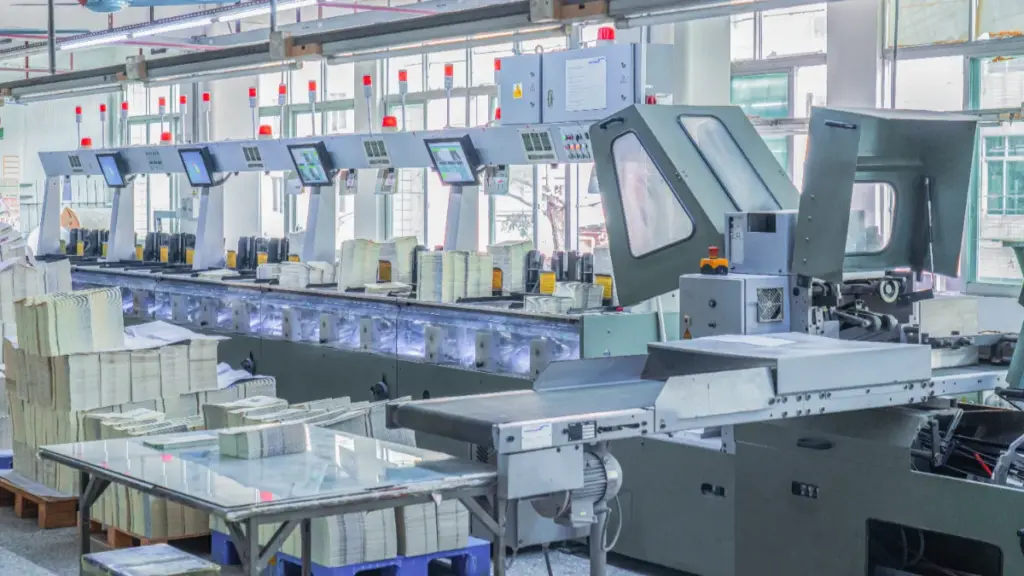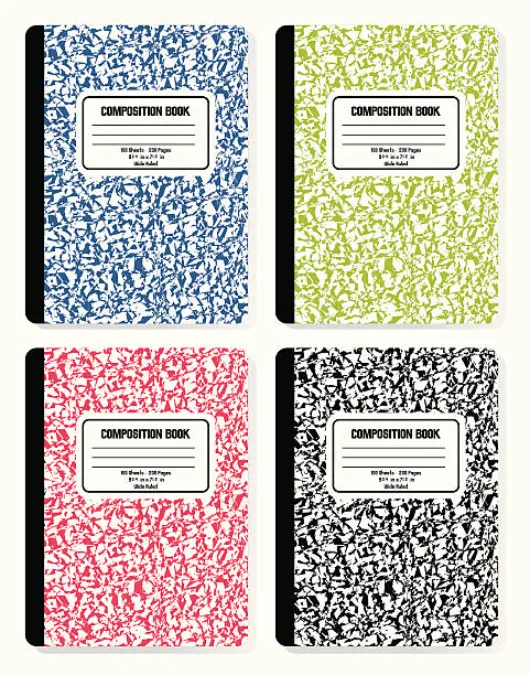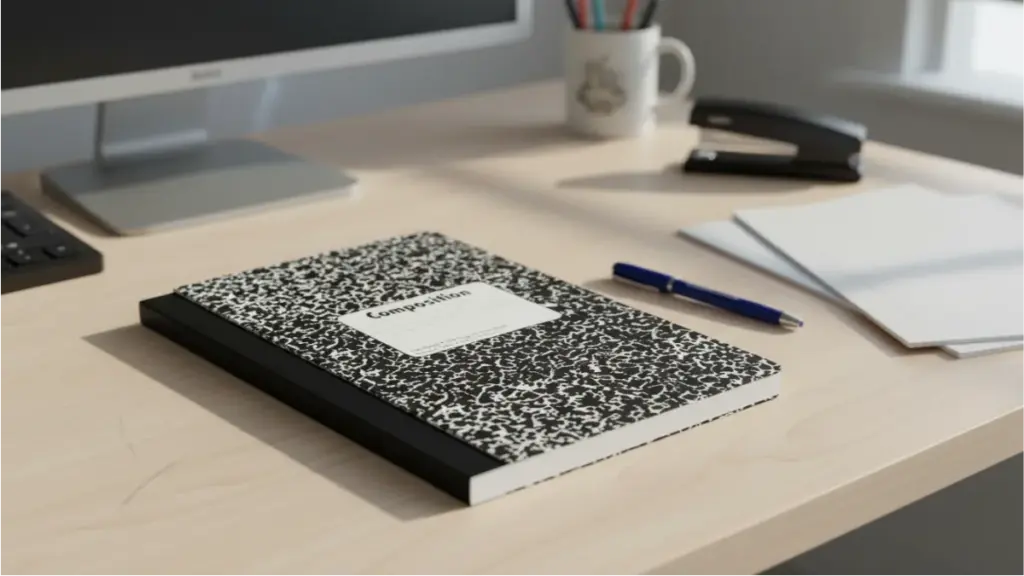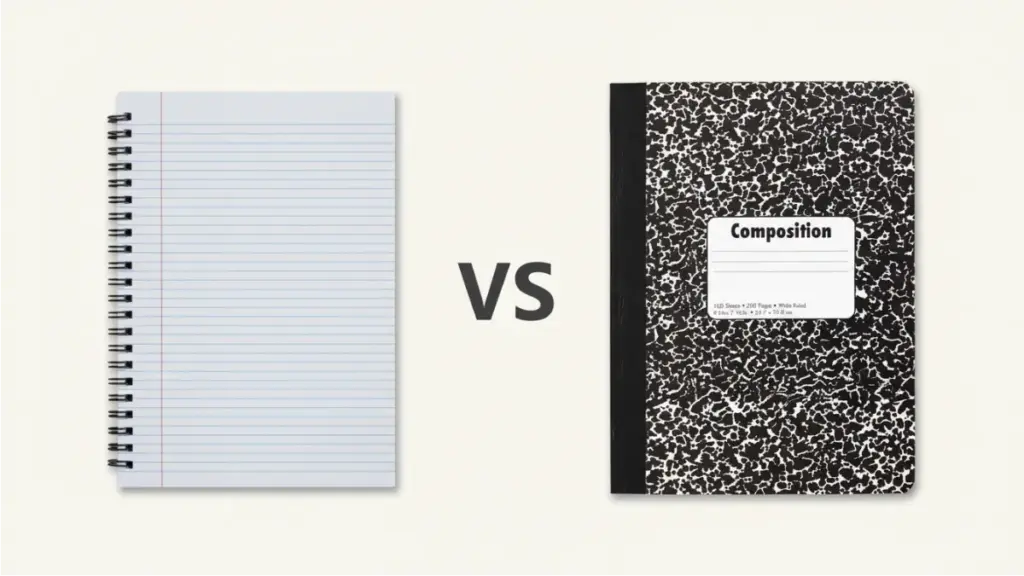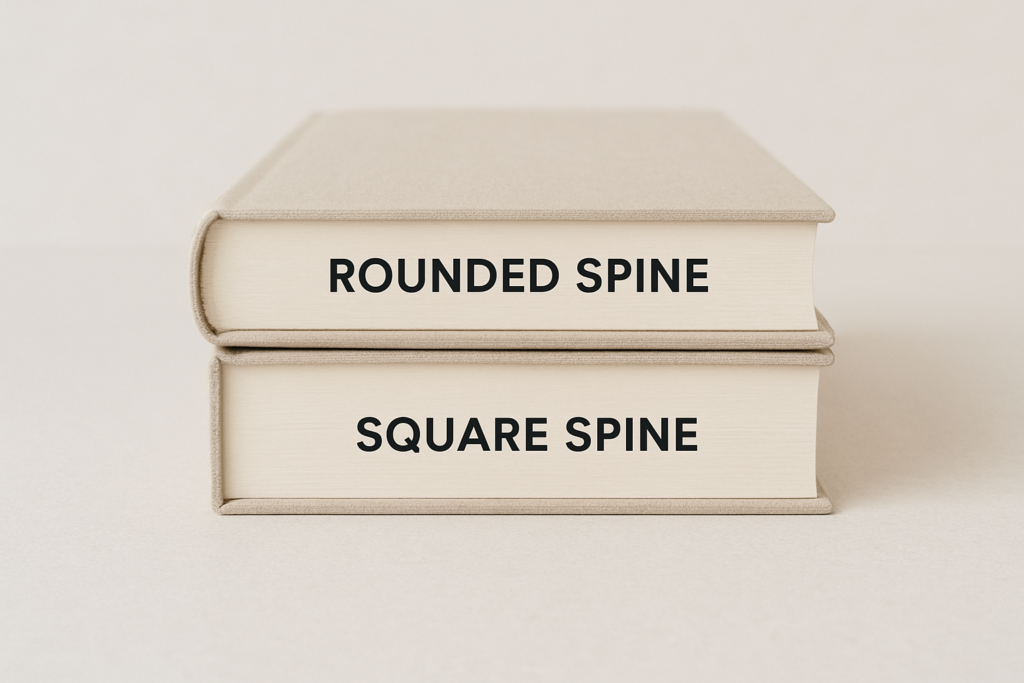“There is only one heroism in the world: to see the world as it is and to love it.” — Romain Rolland
In a time when life feels more chaotic and uncertain than ever, the simple act of sitting down with a wellness journal becomes an act of quiet courage. This is not about toxic positivity, but about honest reflection, gentle awareness, and the choice to keep showing up for yourself — even when it’s hard.
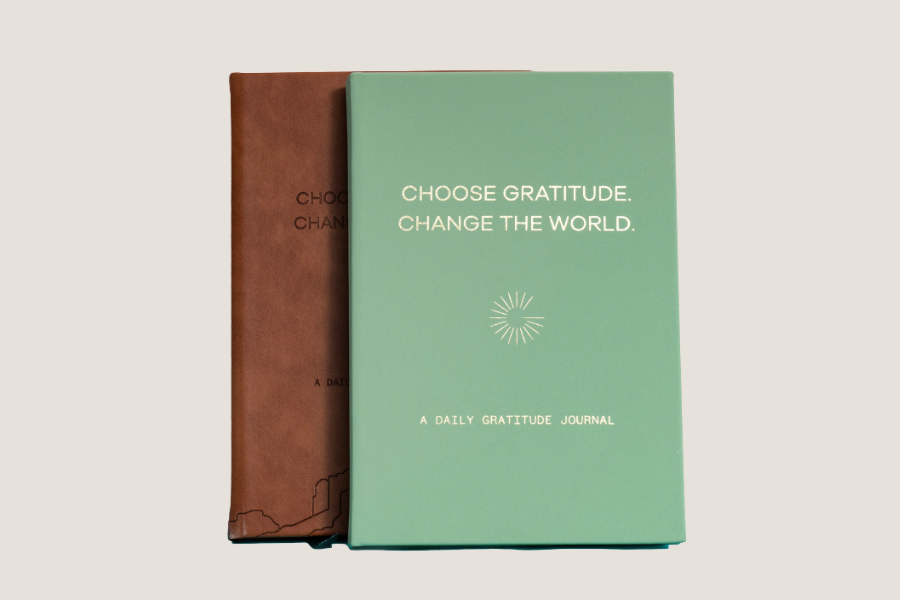
How do the wellness journals work?
Isn’t it fascinating how something as simple as a small journal can become a lifeline for the anxious mind? We live in a world filled with chaos and uncertainty, yet there are gentle remedies—quiet, powerful, and transformative. A wellness journal is one of them. Built on the wisdom of psychological science, it’s not just a place for words but a sanctuary for your emotions. Psychologists celebrate it for its ability to soothe stress, nurture self-awareness, and bring clarity to the heart. In the next part, I’ll guide you through how this humble notebook can become your step-by-step path toward emotional healing.
1. Expressive Writing Therapy
Expressive writing therapy is one of the most common practices in a wellness journal. By spending just 15–20 minutes a day, for several days in a row, writing about stressful events or difficult emotions, many people experience less anxiety, better sleep, and a softer stress response. Its power lies in releasing emotion, organizing scattered thoughts, and offering a healthy alternative to suppressing how we feel. When we set our inner world down on the page, we also create a record of who we were in that moment. The pain and anxiety themselves may not be worth remembering—but every version of you along the way is.
Journal forms:
- “What I am most concerned about today is…”
- “The reason I feel miserable is…”
- “The change I hope to see is…”
2. Cognitive Behavioral Therapy (CBT): Restructuring Automatic Thoughts
Life is always full of surprises, and negative emotions are simply unavoidable. Cognitive behavioral therapy (CBT) is a structured, goal-oriented type of talk therapy. By writing down these negative thoughts, we become more aware of them and can consciously adjust our mindset—catching those unhelpful patterns and transforming them into positive thinking. Many of life’s troubles can’t easily be shared with others, but a journal can serve as a tool for self-dialogue. When emotions take over and we feel lost about what we want or how to move forward, a wellness journal becomes a mirror that helps us see ourselves more clearly.
Journal forms:
- “What is the thing I’m worried about today?”
- “What can I say to myself to calm this emotion?”
- “Do I have an alternative explanation?”
3. Emotion Regulation Theory
A wellness journal can also be seen as a form of meditation. By writing down your current feelings, focusing on your breath, and deliberately observing your experiences, you gently bring yourself back to the “present moment,” easing the burden of overthinking. Mindful writing helps break free from the “autopilot” mode of living and guides you into a state of calm and clarity. Writing, at its core, is not about improving skills but about finding meaning—each word on the page is an act of insight, helping us understand the deeper significance of life itself.
Journal forms:
- “How do I feel physically right now…”
- “What do I hear/smell/see right now?”
- “I give myself a minute to not judge…”
4. Positive Psychology: Gratitude Practice
Keeping a regular record of things you’re grateful for can significantly boost happiness while reducing symptoms of depression and anxiety. We all know the feeling of attracting what we fear the most, which is why cultivating a mindset that sees events as working in our favor is so powerful. If we hide in the dark, the sunlight will never reach us. A wellness journal is, in essence, a practice of training ourselves to notice the beauty around us—and to amplify those positive emotional responses. Writing is far more powerful than we often realize; through words, we can find the strength for our own redemption.
Journal forms:
- “What are the 3 things I am most grateful for today…”
- “Who do I want to thank?”
- “What moment made me feel at peace?”

Why Wellness Journals Are Gaining Ground in Europe?
The concept of a “healing economy” has emerged as a rapidly growing global consumer trend. It refers to the consumption of products and services aimed at providing emotional healing, psychological support, and mind-body balance. This trend is not just an extension of the mental health industry but also a cross-disciplinary integration of cultural creativity, wellness, aesthetics, lifestyle, and technology.
The self-healing journal is one such product of this movement. Whether it’s companies caring for employee well-being, young adults and university students searching for identity and life direction, or women seeking emotional support during sensitive periods like pregnancy or postpartum recovery, a wellness journal—paired with an app or blog—can become a simple five-minute daily ritual for inner healing for them.
In recent years, wellness journals have evolved from niche stationery items into powerful tools for mental clarity and emotional well-being. Across Europe, a growing number of people are turning to journaling as a daily ritual—seeking moments of mindfulness in a fast-paced, digitally driven world. With rising awareness of mental health and the benefits of self-care, these journals are no longer just blank pages; they are structured companions designed to reduce stress, track personal growth, and foster gratitude. From Scandinavia’s minimalist wellness culture to the holistic lifestyles embraced in Mediterranean countries, wellness journals are gaining momentum as both a personal and cultural shift toward intentional living.

How to design a truly wellness journal?
1. Start with Design that Speaks to the Senses
When creating a customized wellness journal, the cover design is the first step to setting the tone for emotional healing. Minimalist covers remain popular, but their impact lies in details—think natural linen textures, subtle matte finishes, or elegant foil stamping for titles. Consider soft, earthy colors like sage green, beige, or cloud gray to evoke a sense of calm and psychological safety. Adding sustainable elements such as recycled paper, plant-based leather, or stone paper aligns the product with eco-conscious values, making it feel more authentic and thoughtful.
2. Build Interactive and Reflective Content
A wellness journal isn’t just about blank pages—it’s about creating a dialogue with the user. Move away from rigid templates and add guided prompts that feel warm and conversational, such as “What are you holding onto today?” or “What made you smile?” Combine structured pages (like habit trackers or daily planners) with free spaces for emotional release or inspiration notes. Visual tools like mood wheels, color-fill trackers, or simple icon-based habit logs make the journal both functional and fun to use.
3. Add Mindfulness, Personalization, and Tech Touches
To keep the journaling process approachable, design daily pages that only take 5 minutes to complete, while integrating affirmation spaces like “Today, I choose peace.” Personalization—such as adding a user’s name, favorite quotes, or customizable layouts—turns a wellness journal into a truly intimate healing space. For a modern twist, pair the journal with digital support: QR codes that lead to audio meditations, or companion apps for syncing entries and tracking progress, blending traditional journaling with digital mindfulness.

Final Thoughts
Today’s products are no longer defined solely by their functionality—they thrive when they carry emotional value. In the vast ocean of the internet, a product without distinctive features easily fades into the background. Customization is what sets a wellness journal apart, turning it from a simple tool into a meaningful, personal experience. By blending thoughtful design, interactive prompts, and a touch of individuality, a customized journal becomes a memorable companion that resonates with the user’s emotions and life journey. In a fast-paced world, such emotional connection is what truly makes a product unforgettable.













